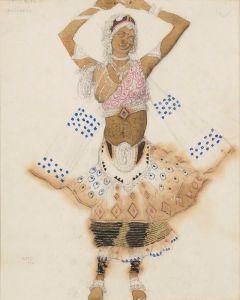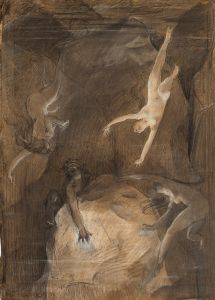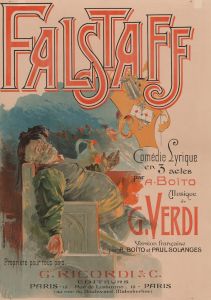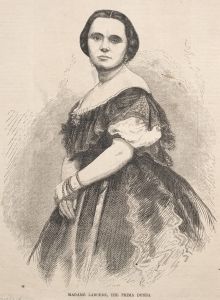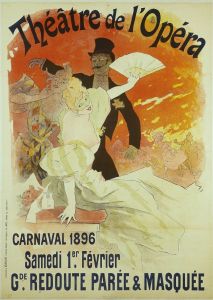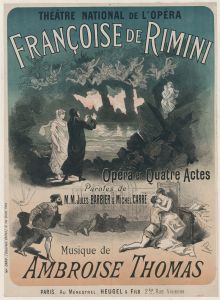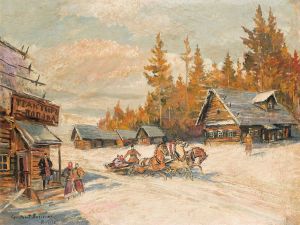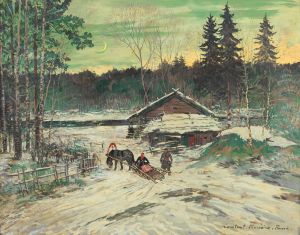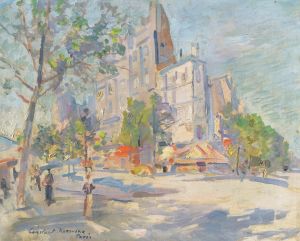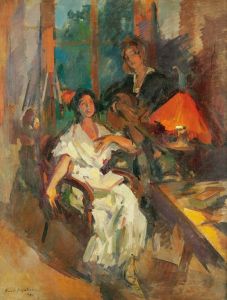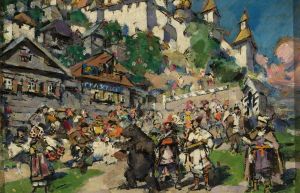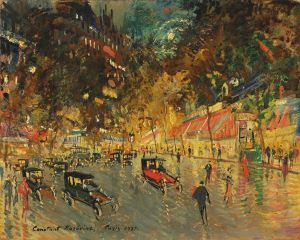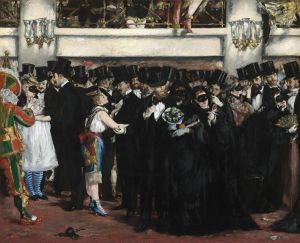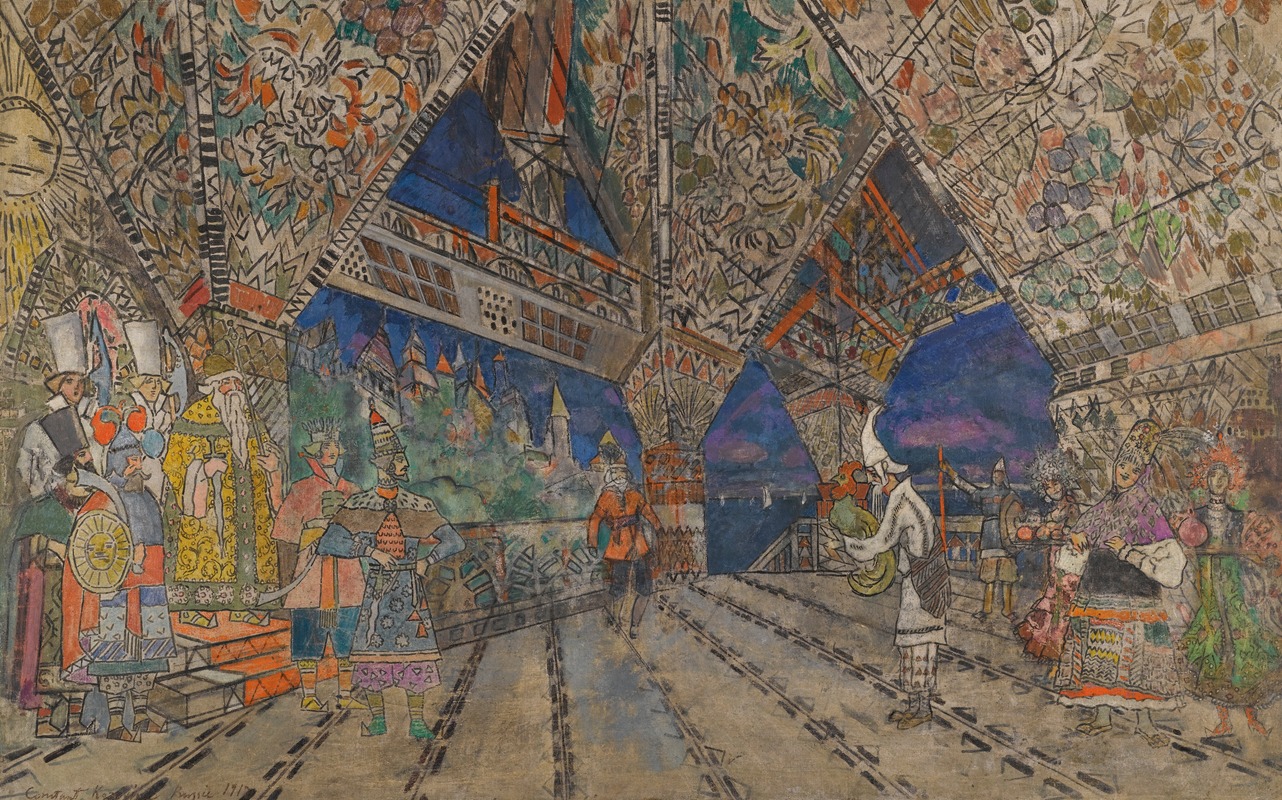
Stage Design For Le Coq D’or
A hand-painted replica of Konstantin Alexeevich Korovin’s masterpiece Stage Design For Le Coq D’or, meticulously crafted by professional artists to capture the true essence of the original. Each piece is created with museum-quality canvas and rare mineral pigments, carefully painted by experienced artists with delicate brushstrokes and rich, layered colors to perfectly recreate the texture of the original artwork. Unlike machine-printed reproductions, this hand-painted version brings the painting to life, infused with the artist’s emotions and skill in every stroke. Whether for personal collection or home decoration, it instantly elevates the artistic atmosphere of any space.
Konstantin Alexeevich Korovin, a prominent Russian painter and stage designer, created the stage design for "Le Coq d'Or" (The Golden Cockerel), an opera by Nikolai Rimsky-Korsakov. This work is a significant example of Korovin's contribution to the world of theatrical design, showcasing his ability to blend visual art with the performing arts. Korovin, born in 1861, was a leading figure in Russian Impressionism and was known for his vibrant use of color and dynamic compositions.
"Le Coq d'Or" premiered in 1909, and Korovin's involvement in the production was part of his broader collaboration with the Russian Imperial Theatres and later with Sergei Diaghilev's Ballets Russes. The opera itself is based on a poem by Alexander Pushkin and is a satirical fairy tale that critiques the Russian monarchy and its governance. Korovin's designs for the opera were instrumental in bringing the fantastical and allegorical elements of the story to life on stage.
Korovin's stage design for "Le Coq d'Or" is characterized by its vivid colors and imaginative scenery, which reflect the whimsical and fantastical nature of the opera. His work in this production is noted for its ability to create an immersive atmosphere that complements Rimsky-Korsakov's music and the libretto's narrative. Korovin's designs often featured elaborate backdrops and costumes that drew from Russian folklore and traditional motifs, enhancing the cultural authenticity and visual appeal of the performance.
Korovin's artistic approach was influenced by his background in painting, and he often employed techniques from his canvas work in his stage designs. His use of light and shadow, along with his attention to detail, helped create a sense of depth and movement on stage. This ability to translate his painterly skills into theatrical settings made him a sought-after designer in the early 20th century Russian theater scene.
In addition to his work on "Le Coq d'Or," Korovin collaborated on numerous other productions, both in Russia and abroad. His contributions to the Ballets Russes, in particular, helped establish his reputation as a leading stage designer of his time. Korovin's work was part of a broader movement in Russian art that sought to integrate various artistic disciplines, and his designs for "Le Coq d'Or" exemplify this synthesis of visual and performing arts.
Korovin's legacy in stage design is marked by his ability to create visually stunning and thematically coherent environments that enhance the storytelling of the operas and ballets he worked on. His designs for "Le Coq d'Or" remain a testament to his skill and creativity, reflecting the rich cultural heritage of Russia and the innovative spirit of early 20th-century art.
Overall, Konstantin Korovin's stage design for "Le Coq d'Or" is a notable example of his artistic prowess and his contribution to the development of stage design as a vital component of theatrical productions. His work continues to be celebrated for its beauty, creativity, and ability to transport audiences into the magical worlds of opera and ballet.





